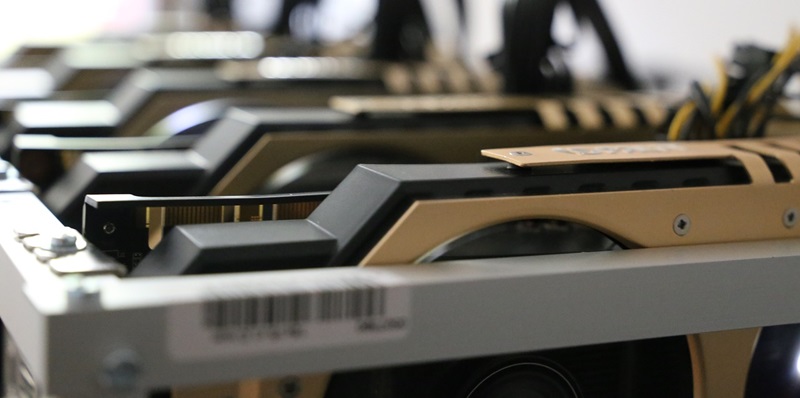AMD’s latest initiative to integrate comprehensive support for RDNA 4 and RDNA 3+ GPUs into Linux graphics drivers is a testament to their commitment to the open-source community. The burgeoning improvements, particularly those slated for the Linux 6.10 kernel, reflect an assertive stance on optimizing hardware performance from day one. By focusing on key IP blocks, AMD is not only addressing current problems with HDCP, RAS, and Devcoredump but also laying the groundwork for future advancements in GPU capabilities.
Their concerted effort to refine sysfs exposure and the SMUIO and SMU systems is indicative of an ambition to create a Linux environment where hardware potential is maximally realized. The inclusion of newly extended dclk and vclk reporting reflects a nuanced understanding of the Linux users’ demands for transparency in performance metrics. It’s a movement that doesn’t just prepare for eventual product releases but also strengthens the bonds between hardware proficiency and software optimization.
Ongoing Development and Optimization
The driver updates mirror a broader trend within AMD of prioritizing Linux performance, taking a proactive approach rather than reactive. The cascade of updates, addressing wide-ranging issues from TLB flush enhancements to comprehensive DCN fixes, lays a framework for operational stability and efficiency. It’s a meticulous process, aiming to minimize the discrepancies between expected performance and real-world results.
Notably, this infrastructure overhaul offers a counter-narrative to the ubiquity of the MESA RADV Vulkan driver, presenting AMD as a competitive option that prides itself on proprietary excellence as much as open-source friendliness. This strategic development underscores an industry shift, signifying that CPUs and GPUs from AMD are not just built for Windows-centric markets but are equally robust contenders within the Linux realm.
RDNA’s Role in Linux GPU Market
Preparing for RDNA 3+ and RDNA 4
AMD’s visualization of the future goes hand in hand with the graphical prowess of the upcoming RDNA 3+ and RDNA 4 GPUs, ensuring they hit the ground running with Linux compatibility. The seamless integration of the driver patches anticipates a market that expects cutting-edge solutions, not just in gaming but also in professional workloads that prioritize GPU acceleration. AMD’s strategy of preemptive support signifies a keen push to establish new industry benchmarks for software-hardware symbiosis.
Their focus on addressing the Linux ecosystem, especially through features such as VCN activity monitoring, illustrates a keen understanding of user requirements for high-fidelity computing. The meticulous attention to making these features easily accessible to users marks an inflection point for AMD – one where they are not just catching up but setting the pace, especially in terms of multi-platform versatility.
Promising a New Standard for Linux Graphics
With every patched issue and implemented feature, AMD inches closer to reshaping the Linux graphics landscape. The commitment to providing mature drivers at launch promises users a new level of reliability and performance. A strong driver backbone will be essential in exploiting the avant-garde features packed into the RDNA 3+ and RDNA 4 architectures. AMD is implanting itself firmly as a frontrunner in the graphics market by illustrating sophisticated engineering and market awareness.
Their robust alignment of drivers with advanced GPU features proposes a future where users could potentially see unparalleled graphics processing experiences on Linux. In elevating their support, AMD is indeed issuing a challenge to its competitors, messaging that high-performance, cutting-edge GPU options are viable and essential for Linux systems. The proactive driver enhancements are an overt declaration of their intent to not just partake in but impact the evolution of GPU technology within the computing experience.

